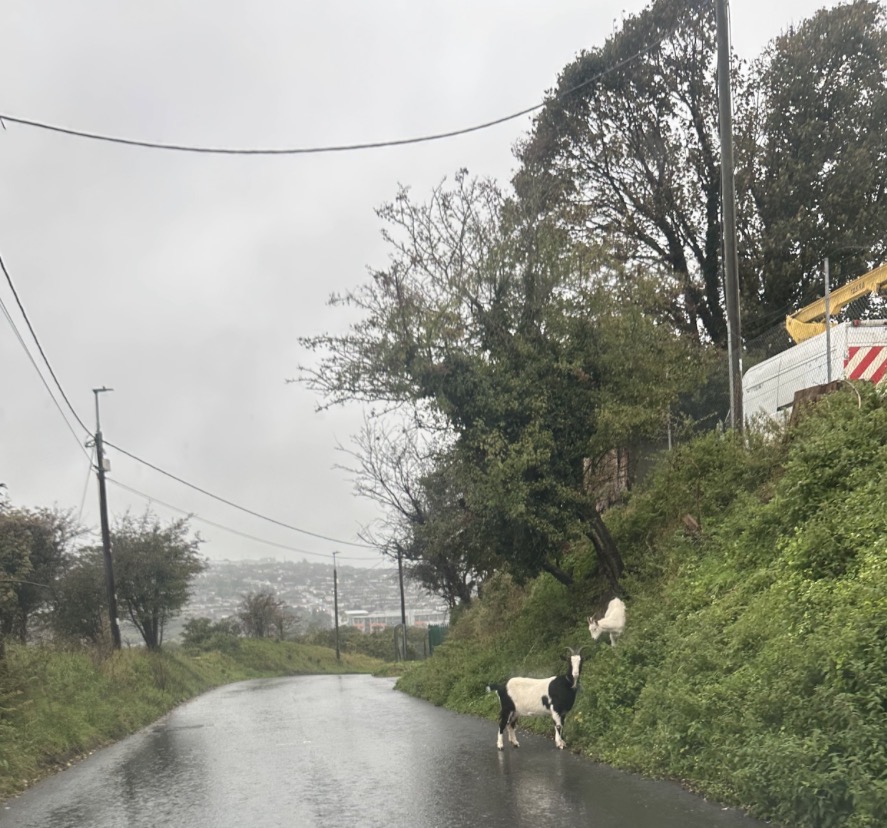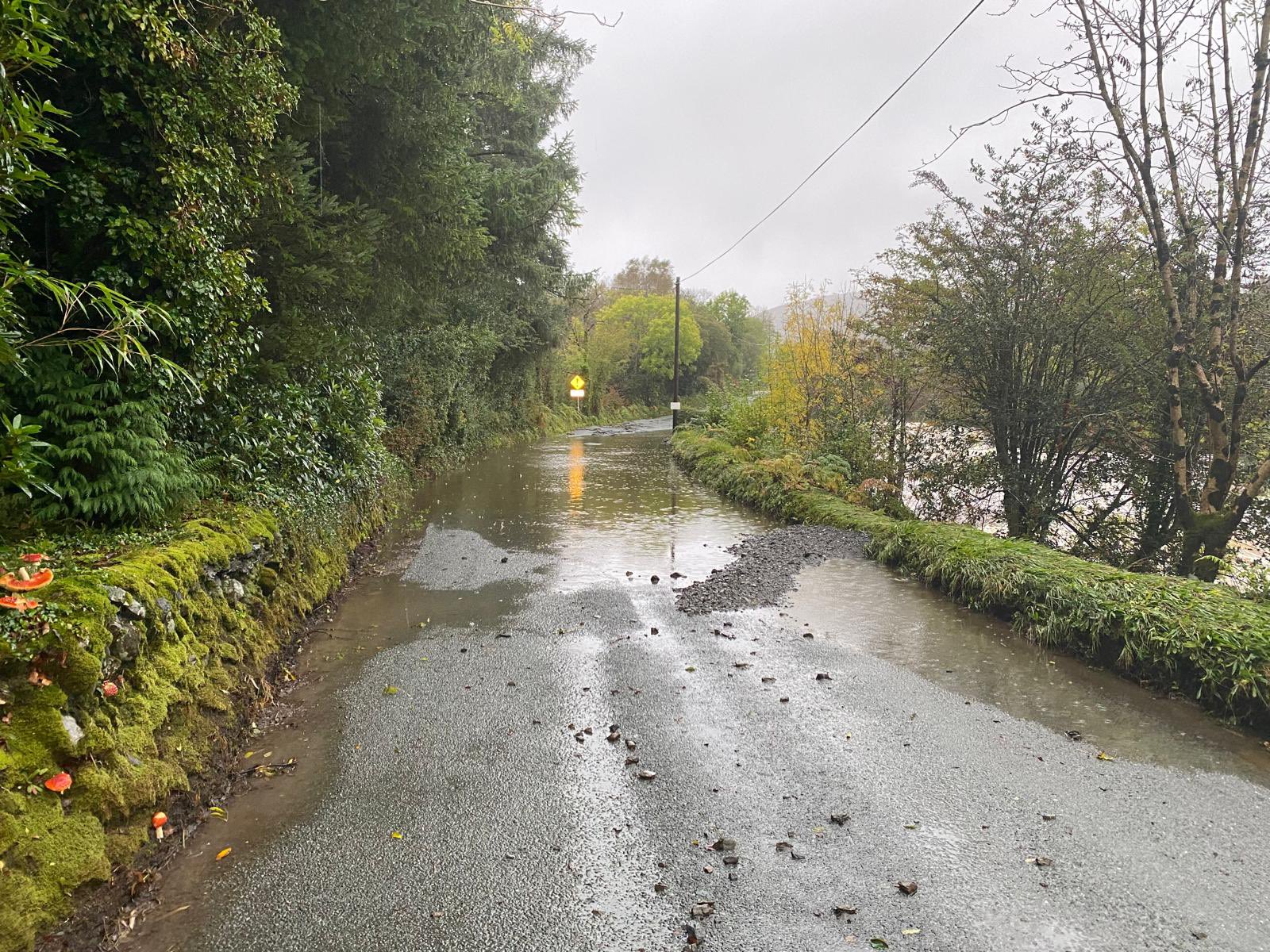Gardaí Warn Against AI Home Intruder Prank Wasting Emergency Resources
Gardaí warn TikTok prank using fake AI intruder images is wasting emergency resources and delaying response to genuine calls.

An Garda Síochána has issued a warning about a dangerous TikTok trend that is diverting vital emergency resources from genuine incidents across the country.
The prank involves sending AI-generated images of supposed home intruders to loved ones, prompting panicked recipients to contact Gardaí. Officers have already responded to multiple hoax burglary reports, only to discover the calls were triggered by fabricated images shared as part of the social media trend.
The warning comes as Gardaí express serious concerns about the strain on emergency services and the potential consequences for public safety. With limited resources deployed to false alarms, genuine emergency calls risk delayed response times, potentially putting lives at risk.
Gardaí have made clear the gravity of the situation. This represents a waste of valuable Garda resources and diverts officers from genuine emergency calls which require a response. There is a real risk that legitimate emergency calls will not receive the necessary urgent attention, which poses serious safety concerns for those who need immediate assistance.
The force is urging the public not to engage in this prank and to consider the consequences that may result from such activity. Anyone considering participating in the trend should understand that wasting Garda time through false reports could have serious implications, both for themselves and for others genuinely in need of emergency assistance.
Cork Safety Alerts echoes this warning, reminding followers that emergency services depend on accurate information to protect communities effectively. The trend highlights how social media pranks, however harmless they may seem to participants, can have real-world consequences when they trigger emergency responses.
Members of the public who receive such images should verify with the sender before contacting emergency services, whilst remaining vigilant about genuine security concerns.



